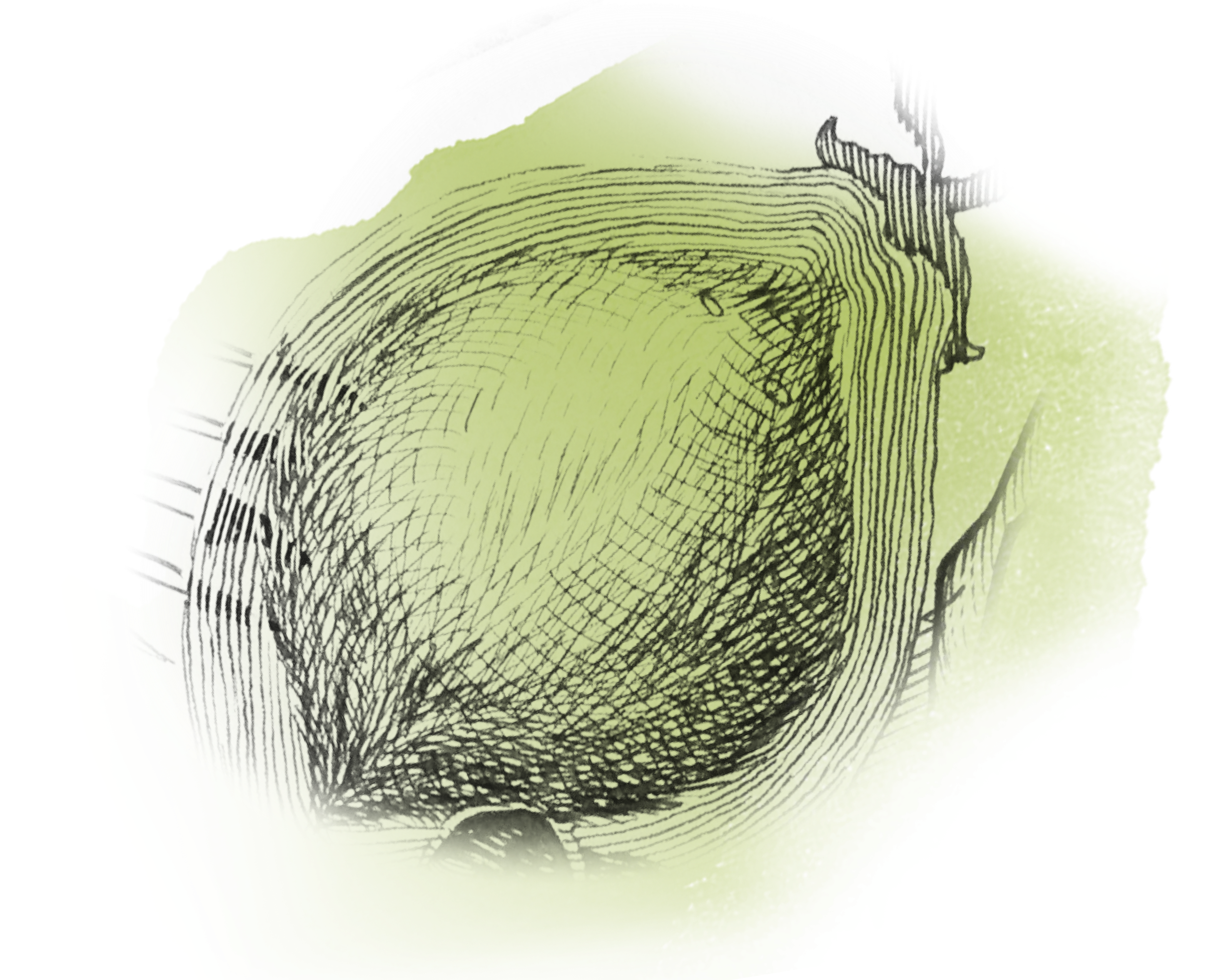Uses of the Coconut Tree


Coconut Leaf
The coconut leaf can be used as fish bait and source of cheap lime when burnt. It can produce good quality paper pulp, midrib brooms, and provide thatching materials for roofs and matting for floors, walls, and sun shades. The fonds can be woven to make hats, toys, fans, baskets, trays, lamp shades, placemats, bags, clothing, furnishings, screens, wall of make-shift buildings for temporary shelter.
Coconut Midrib
The coconut midrib is used to make skewers, arrows, brushes, fish traps. They are also used to make brooms of different types for cleaning rough grounds or floors.


Coconut Seedlings
Sprouting coconuts are mature coconuts that germinated within three to six month with roots pushing through the husk and a sharp shoot emerging from the end of the nut.
Coconut Embryo
When the coconut is ready to shoot some leaves out, inside the nut contains an edible, soft buttery, spherical sponge-like meat which is called the Coconut Cotyledon, also called the “Coconut Embryo”, “Coconut Apple” or “Coconut Pearl”. They are rich in vitamins, nutrients, and minerals.


Coconut Water
Coconut Trunk


Coconut Husk
Young Coconut


Coconut Meat
Coconut Guinit


Mature Coconut
Coconut Shell


Coconut Spathe
Coconut Roots


